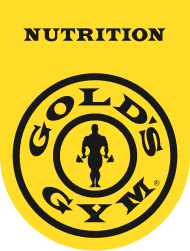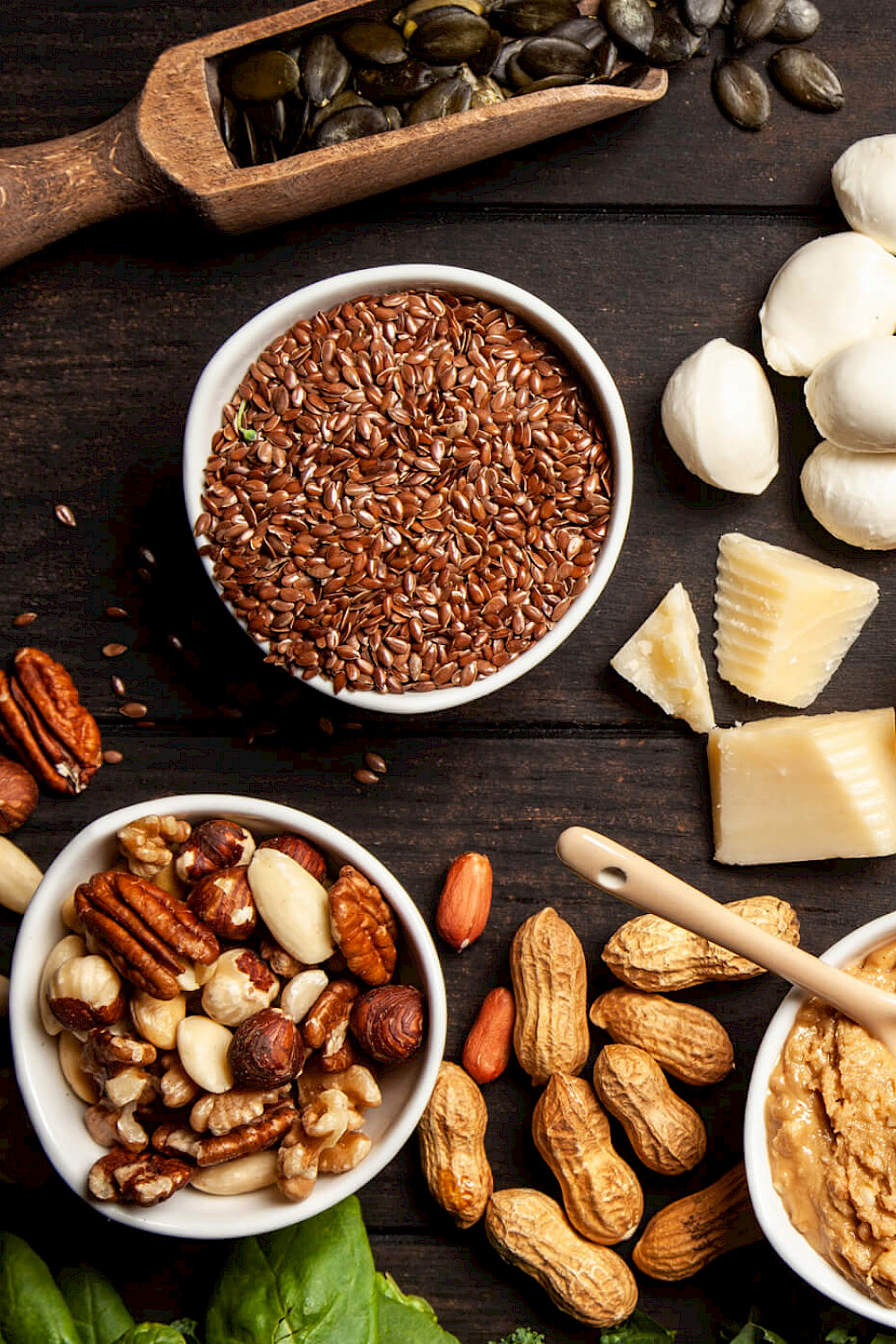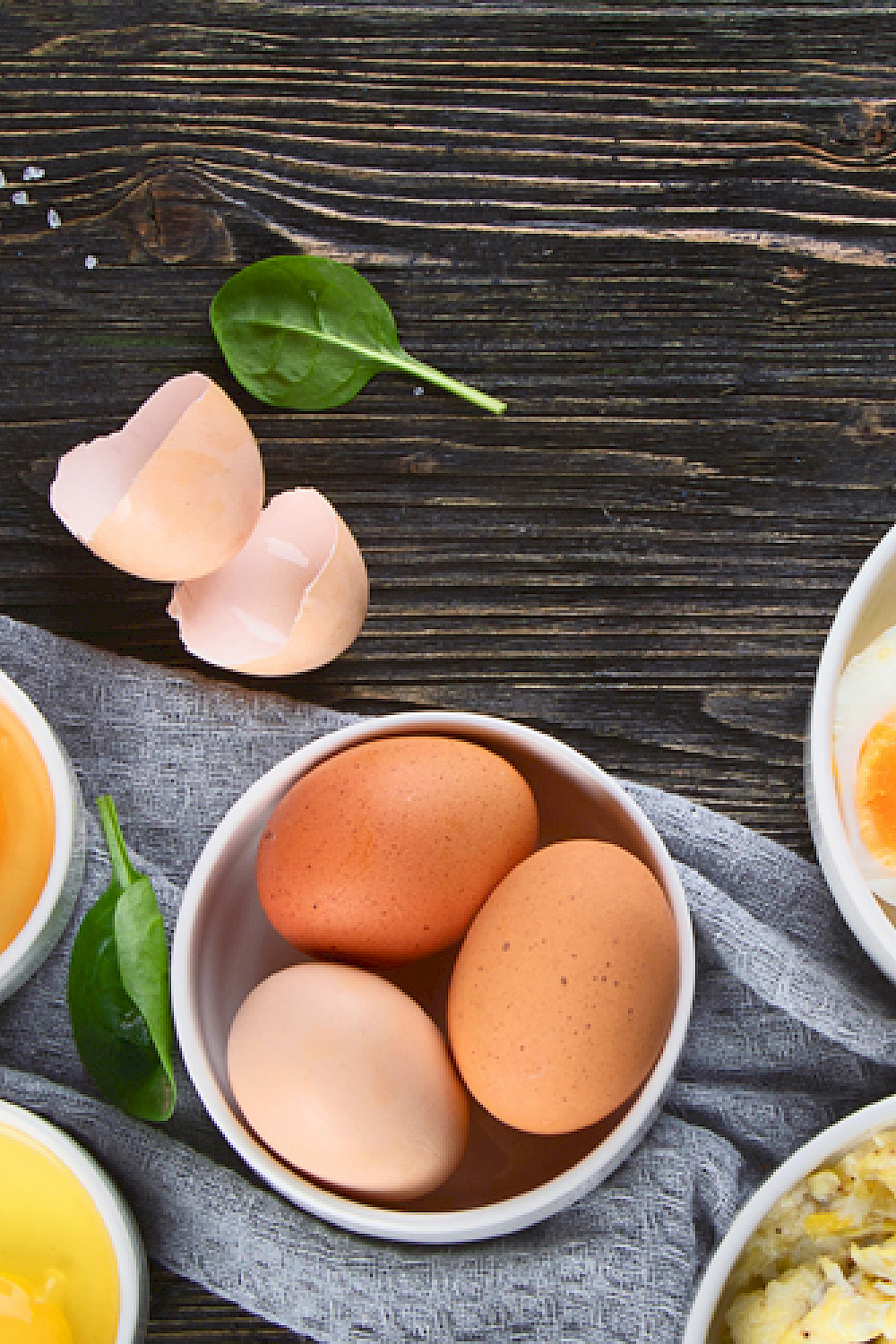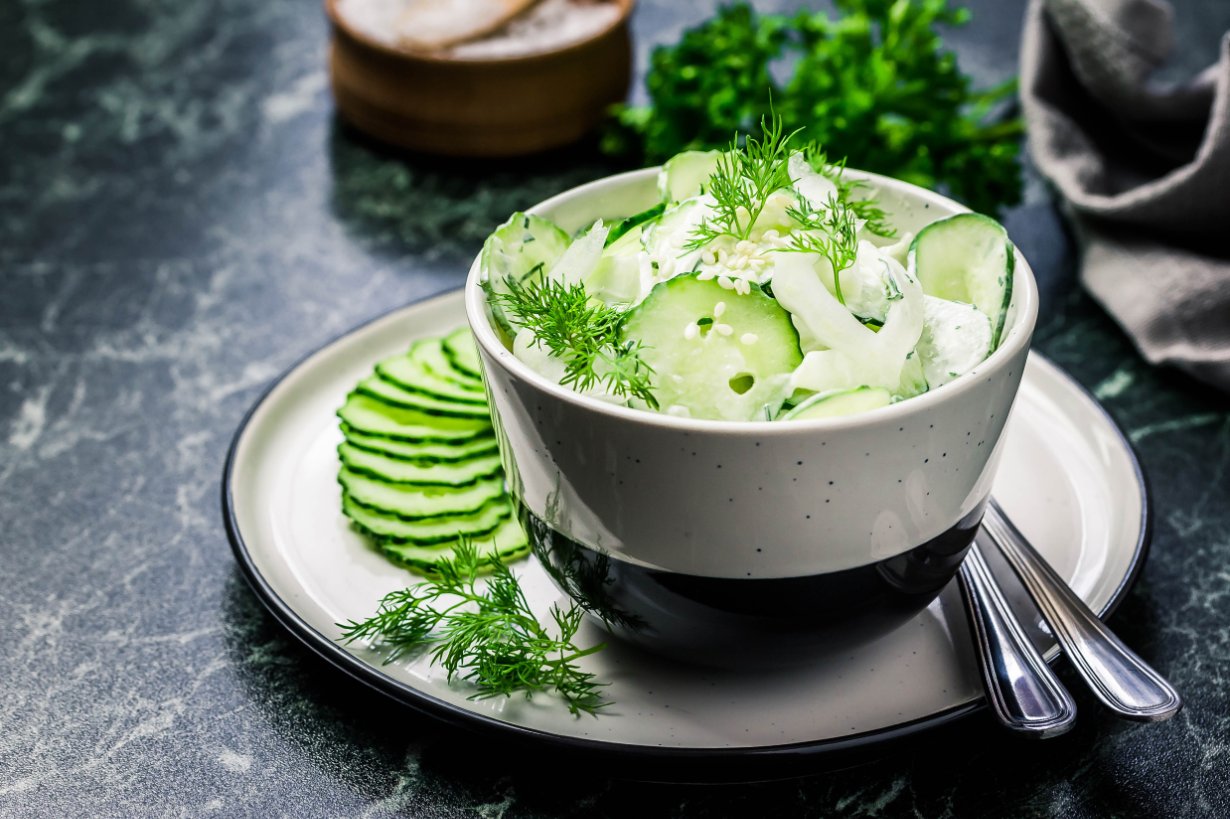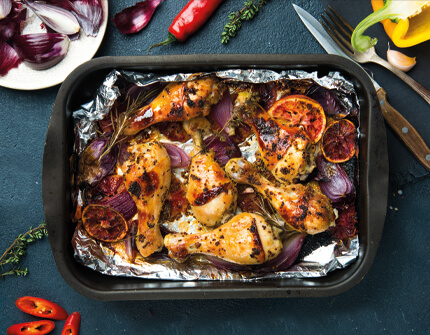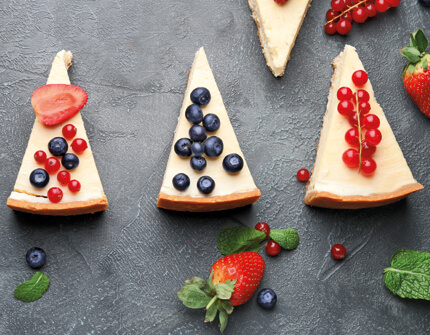LOW-CARB DIET:
HOW IT WORKS!
A 10-minute read
How effective is a low-carb diet when it comes to losing weight? And, a far more important question: Is the low-carb trend healthy for athletes who do intense workouts? In this article, we explain what low-carb diets are all about, look at how they work and examine the limits of carb-free nutrition.
WHAT EXACTLY DOES “LOW CARB” MEAN?
Low-carb diets are now among the most popular nutrition plans around and focus on significantly reducing a person’s carbohydrate intake. The extent of this reduction can vary.
Carbohydrates as a proportion of total nutrients:
Normal diet: 50%
Atkins diet: 20%
Ketogenic diet: 10%
On the Atkins diet, carbohydrates are reduced to around 20% of total nutrients. This is less than half of the official recommendation for a balanced diet. A ketogenic diet, often known simply as a keto, cuts carbs even more drastically. People following a ketogenic diet only get 10% of their energy from carbs. Of course, less extreme diets and nutrition plans also exist, but the ultimate aim is always the same: lose weight!
Takeaway 1: Low-carb diets significantly reduce a person’s carbohydrate intake.
LOW-CARB NUTRITION: ATTACKING YOUR FAT RESERVES
Carbs are an excellent source of energy – but our bodies can only store them in their existing form in small quantities. Glycogen stores are primarily located in the muscles and the liver. Once these stores are full, the unused energy is not discarded but is instead converted to other forms in the liver. Our bodies can then store it on our hips, stomach and buttocks – where it can cause problems. This is what happens every time you consume more carbs than your body needs at that moment. And, as your body continues to build its energy reserves, they will make themselves visible in the mirror and on the scales.
When you eat carbs, your body releases insulin to prompt cells to absorb sugars from carbohydrates in the blood stream. That’s perfectly normal and healthy. However, it comes with a catch: insulin simultaneously puts the brakes on crucial fat-burning processes. But why?
Well, when carbohydrates reach your blood stream in the form of sugar molecules, your body can very quickly absorb this energy. As a result, there is no need for your body to spend time on the arduous process of drawing energy from your fat reserves – not when there’s plenty of easily accessible sugar coursing through your veins. As a result, your body leaves your fat cells untouched.
Simple carbohydrates in particular cause your insulin level to rocket. However, these carbs are soon digested – and so, in no time at all, your hunger returns!
Low-carb diets therefore rely on one key principle: if you take sugar (the top energy source) off your plate, your body will have to look elsewhere for the energy it needs. If your body doesn’t have carbs available to it and finds its glycogen stores are empty, your liver can instigate a biochemical process to turn glucose into amino acids – which can then supply energy for the brain and body. In this ketotic state, your liver can use your fat stores to produce ketone bodies, which then power up your muscles.
This process forces the body the use up alternative energy resources, including fat stores. So, by cutting down on carbs and not replacing them with added fat or protein, you create an energy deficit.
Takeaway 2: By taking away its preferred energy source, you force your body to access other energy reserves and use up fat stores.
WHEN IS A LOW-CARB DIET WORTHWILE?
A low-carb diet is suitable for anyone looking to reduce their body fat in a relatively short time and for those looking to get shredded. However, it’s also a positive change for people looking to make long-term improvements to their diet. The rapid weight loss provides motivation and helps you to stay on the ball. But remember: don’t avoid carbs forever. After the diet phase, you should look to follow a healthy, balanced nutrition plan – including good carbs.
BENEFITS
✓ Eating more protein & fat produces a longer-lasting feeling of satiety
✓ Reduces subcutaneous fat (under skin) & visceral fat (around organs)
✓ See weight loss results faster
✓ Stable blood sugar values
✓ No calorie counting
✓ Easy plan to follow
Your want to lose body fat?
Check it out now!
Takeaway 3: Want to lose as much weight as possible in next to no time by shedding fat? Take the low-carb route!
NO-GOS
Ideally, you would avoid all carbs and choose foods that contain none at all. If only it was that easy... We all know that carbs are found in bread and pasta, but they’re also in many other foods. No matter how much you want to reduce your carb intake, you should avoid foods that contain even small amounts of carbs.
- Sweets & dried fruits
- Sugary fruits
- Jams, marmalades & preserves
- Muesli & cornflakes
- Baked goods (bread, cakes, etc.)
- Starchy foods (rice, noodles, etc.)
- High-carb vegetables (potatoes, corn)
- Sucrose, sugar alternatives like honey & agave syrup
- Soft drinks, fruit juices & smoothies
- Alcohol
- High-sugar, high-carb convenience food
- Peas, beans & lentils
Takeaway 4: A low-carb diet means avoiding foods such as bread and noodles as well as hidden sugars in drinks and vegetables.
WHAT ARE THE BEST LOW-CARB FOODS?
If you mainly avoiding carbs, high-protein and fat-rich foods like meats, dairy products and low-energy foods such as vegetables and fruit will make up the bulk of your meal plan. You should avoid unhealthy fats, cook fresh food and avoid convenience food.
And, most importantly: pack in the protein! If your body doesn’t get enough protein, it will tap into its reserves – your muscles. It’s essential that you avoid this, as your muscles are your Number 1 fat burners! With this in mind, make sure you meet your daily protein requirements, i.e. about 2g per kilo you weigh.
LOW-CARB VEGETABLES
Almost all vegetables are low carb and often low calorie. Plus, they provide a generous helping of minerals, vitamins and fibre. There’s no limit here. Spinach, many types of cabbage, mushrooms, tomatoes, courgettes, cucumbers and avocados are just a few examples of the endless low-carb, low-calorie variety of veg – which all offer plenty of benefits.
LOW-SUGAR FRUITS
The energy contained in fruit is primarily made up of carbohydrates – more precisely, fructose and glucose. There’s good news, though: many fruits are mostly water, so you can continue to integrate them in your meal plan. Citrus fruits, rhubarb, papaya and berries are all low-sugar fruits.
MILK & EGGS
Dairy products and eggs are a great way to meet your protein requirements. There’s a huge arrange of options for you here, from yoghurt and quark to different types of cheese and all manner of egg dishes. Keep an eye on the ingredients, though, because dairy products also contain a certain amount of carbs. Depending on how much fat, oil and high-fat food you integrate in your nutrition plan, you should also focus on low-fat protein sources – as you can also use a low-carb diet to keep your calorie intake low.
FISH, SEAFOOD & MEAT
You can enjoy generous helpings of these foods, too, especially low-fat options. Without further additions, meat and fish are practically carb free. The carbohydrate content of processed products (like sausages) is somewhat higher, but still relatively low. Seafood like mussels, prawns, shrimp and scampi are low-carb and perfectly suited to a low-carb diet.
NUTS & SEEDS
Nuts, grains and seeds are perfect low-carb snacks! Although their carbohydrate content can vary significantly, there’s a huge range for you to choose from. Brazil nuts, macadamia nuts, cashews and walnuts are just a few types of nuts you should gobble up. They also provide the perfect finishing touch as toppings on both sweet and savoury meals. By the way: the fats in nuts, grains and seeds are healthy fats – so dig in!
CEREAL AND FLOUR ALTERNATIVES
If you can’t go without baked goods, pasta and so on, you now have a wide range of low-carb alternatives. Hemp flour, almond flour, chickpea flour and coconut flour make low-carb diets more manageable for those who don’t want to go without their favourite foods. This means that rustling up carb-free pizza, pasta or bread is now no problem at all. However, you should be aware that mass-produced low-carb products usually contain lots of additives and calories.
DRINKS
This is the easy bit! From now on, unsweetened drinks are the only way to go. Water, coffee and natural teas (such as herbal tea and breakfast tea) are top of the list. You can introduce add a little variety by adding the juice of citrus fruits such as lemons and limes to your water bottle.
Takeaway 5: The massive range of low-carb and carb-free products ranges from fruit and vegetables to eggs, meat and dairy products.
CARB-FREE RECIPES
Here we go: the Gold’s Gym Nutrition low-carb menu. Maybe this will be your first low-carb lunch or dinner? Don’t worry: you’ll definitely find something you fancy!
BUT...YOU NEED CARBS!
You don’t need to cut out carbs completely in order to start tapping into your fat reserves, even if a “carb detox” will do your body good. That’s just a figure of speech, by the way – it doesn’t mean that carbs are somehow toxic.
Whether or not you’re aiming to lose weight quickly, there’s one thing you mustn’t forget: we need carbs to live. There’s no two ways about it, your body needs a certain amount of carbohydrates. Your brain is reliant on getting a supply of sugar. It doesn't need much, but without it your ability to perform will suffer – both mentally and in the gym! And, let’s be honest, nobody wants headaches, difficulty concentrating or a drop in performance. For this reason, you shouldn’t cut out carbohydrates completely.
Consuming a certain level of carbs is actually very important, particularly if you regularly do intense workouts. Remember the basic rule: the more you exercise, the more carbs you can eat. Your body will be able to tolerate a certain amount of carbohydrates, depending on your age, weight and genetics.
By the way: Some studies have shown that low-fat diets tend to be a far more sustainable way to lose weight and are easier to stick to.
In the end, when it comes to weight loss diets, the decisive factor is always your overall calorie balance. Even on a low-carb diet, if you eat more calories than you burn on a given day, you will still see little success on the scales. Pay close attention to the fat content in foods, as each gram of fat contains 9kcal – making it a real energy bomb! You should also increase your protein intake. Not only does each gram of protein contain just 4 kcal, it will also protect your muscles against depletion.
Takeaway 7: Losing weight with lasting results doesn’t mean you have to avoid carbs completely, as achieving a caloric deficit is the decisive factor. An extreme low-carb diet is not a long-term solution and should only be followed for a short time.
THE GOOD KIND OF CARBS
It’s a simple but often underestimated fact: Not all carbohydrates are equal. While monosaccharides (simple sugars) trigger the blood sugar fluctuations described above and often lead to food cravings, complex carbohydrates provide your body with energy over a prolonged period. What’s more, they do so without sending your blood sugar levels into chaos. So, in future, reach for wholemeal products such as pulses, vegetables and wholemeal bread, rice and pasta. An added benefit is the roughage they contain, which will give you a lasting feeling of satiety.
Takeaway 8: Complex carbohydrates are healthy and keep hunger at bay for longer.
DON’T GO LOW CARB IN TRAINING PHASES!
Pushing yourself to the limit? Want to watch your muscles grow and see your gains? If so, the low-carb diet is just not for you. If you’re training hard, you need the rapid energy that carbs deliver. During times of intense exertion, such as when you’re training hard, carbs give you the power you need to make progress. Although a low-carb nutrition plan certainly makes sense when shredding, the opposite applies when trying to build muscle. A hard, effective workout – the kind you need to really build muscle – is only possible with topped-up glycogen reserves. And don’t forget: a well-developed musculature is the best fat burner, as it consumes calories even when resting and helps to keep your shape, both during your workout and beyond.
Carbohydrates also promote muscle development and regeneration, particularly after a workout. This is when you want to look at “fast carbs” that your body can digest quickly and get into your blood stream. This refills the glycogen stores you drained or even emptied while working out – and protects your muscles against depletion.
Runners and cyclists are also reliant on carbohydrates. In fact, when it comes to endurance, carbs are a pre-workout must-have if you want to push your body to its limits. Simple carbohydrates can also help to maintain performance during training or competition.
Takeaway 9: No matter whether you’re an endurance athlete or a bodybuilder, the key questions are the same. Are you training hard? Do you want to build muscle or improve your track times? Then stay away from low-carb diets – you need the fast energy!
LESSONS TO LEARN: CARB-FREE DIETS
- Low-carb diets are a good way to lose weight
- Reducing your carbohydrate intake forces your body to use your fat reserves
- When you reduce your carb intake, more protein and healthy fats will form the basis of your diet
- However, don’t follow a low-carb diet during heavy training phases
- Carbs give you the energy you need for hard workouts and help you concentrate
- Zero carbs? Ultra-effective for a short period, but far from a long-term solution!
Images © by: George Dolgikh/shutterstock, bitt24/shutterstock,Irina Rostokina/shutterstock, Dragon_Fly/shutterstock, Pixel-Shot/shutterstock
